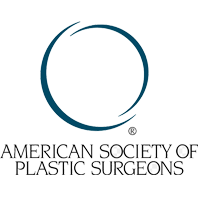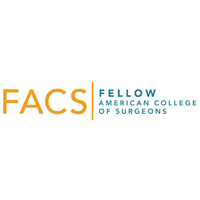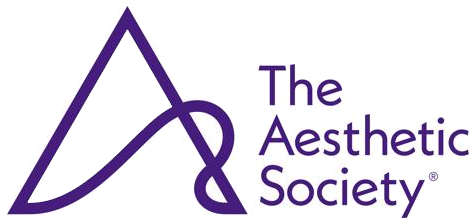- Questions? (310) 919-4179
- Make Appointment

Pilonidal disease, or pilonidal cyst is a cyst overlying the tailbone formed when skin or other skin appendages – particularly hair form inward rather than outwards (similar to an ingrown hair). They affect 0.7% of adolescent and young adult population, and 25 per 100,000 persons, regardless of age. It is especially common among hirsute individuals between the ages of 15 and 24 years, with men being affected at rates 3-4 times that of females.1,2 Other anatomical features, such as possessing a deep natal cleft or being obese are predispositions for developing a pilonidal sinus.3,4 Additionally, those with certain occupations, such as those involving long bouts of sitting or poor hygiene (e.g. truck drivers, military personnel, students) are associated with higher rates of the disease. Cases of pilonidal disease have been reported in the hands of hairdressers and sheepshearers, suggesting that hair likely plays a role in initiating the disease process.1
Originally, it was thought that pilonidal disease developed due to an inherited defect of the skin in the intergluteal region. However, characteristics of those that develop pilonidal sinus suggest that the disease is likely to be acquired rather than inherited. The disease process is thought to be initiated by hair in the natal cleft. One hypothesis, put forth by Bascom, is that keratin accumulates around hair follicles found in the natal cleft. These follicles become infected, ultimately forming an abscess. The abscess eventually ruptures into the subcutaneous tissue and forces in the perianal region pull hair and debris into the abscess, exacerbating the disease.1 Bascom points out in his 2002 paper that this process can more easily occur in individuals with a deep natal cleft.5 Another theory by Karydakis is three factors contribute to the formation of a pilonidal sinus: loose hair, a force causing hair insertion, and the skin’s susceptibility to invasion.6 He postulates that hairs with chisel-like roots fall into the natal cleft, causing a foreign body tissue reaction and infection, leading to pilonidal disease.1
Traditionally, the treatment for pilonidal disease was wide excision, but the Surgeon General banned wide local excision as the initial treatment for pilonidal sinus repair.1,7 In the early 1940s, over 80,000 American troops were diagnosed and treated for, what was colloquially named, “Jeep rider’s disease,” on account of the large number of soldiers hospitalized for the condition who rode in jeeps on rough terrain for long periods of time.7 At this time, average healing times with wide local excision was about 55 days.5 This prolonged healing time led to the prohibition of this technique as the initial choice of therapy. Since then, more conservative primary therapy for pilonidal disease has been championed.
These cysts get infected resulting in pain, redness and drainage along with or without fever or chills. These may open and drain on their own or often require oral antibiotics along with a drainage procedure to let the infection resolve. Once the infection is resolved then more definitive treatment can be performed which usually includes removal of the cyst and any of its tracts followed by local wound care for healing versus reconstruction. Dr. Som has done extensive research on the presentation and treatment of Pilonidal disease including education of other surgeons in local and national meetings on Pilnonidal disease and its treatment. He pioneered a reconstructive surgery that allows for more aesthetic healing combined with excellent cure rate. Contact us to schedule an appointment and learn more. Dr. Som and his expert team will tailor a specific treatment plan for you or your loved one that is focused on optimal outcome with improved aesthetic result.
When the modern primary treatments (e.g. hair depilation, incision and drainage) fail or patients have persistent, recurrent, or complex disease, surgical treatment is commonly employed. Though many techniques exist, no single one is considered the gold standard. Various flap procedures have been suggested for recurrent or complex pilonidal disease. Although some offer high success and low recurrence rates, they come at a cost of poor cosmesis and prolonged healing. Hence, there is no well-defined surgical route when dealing with chronic or complex pilonidal disease. The ideal procedure used by Dr. Som is associated with a low recurrence rate, involves no hospital stay, minimizes pain for the patient, and allows for a quick return to normal activities.
There are a few known predispositions to pilonidal disease, including but not limited to:
Wide excision with reconstruction of the affected areas affords the highest chance of cure. A very high percentage of patients enjoy a lifetime cure following surgical treatment.
REFERENCES




